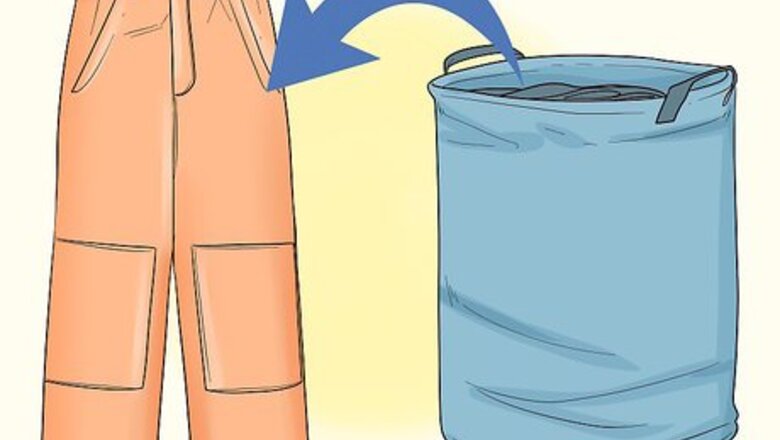
views
Pre-Treating Your Pants
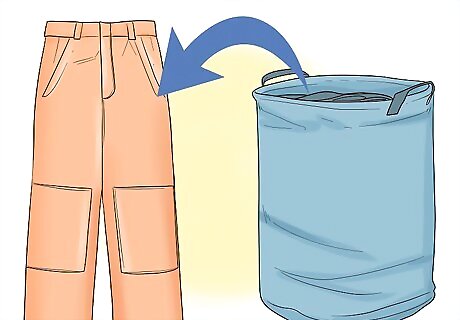
Separate your ski pants from your normal laundry. Specialized fabrics, like those on ski pants, need to be treated differently than your normal, everyday clothes. The fabric on ski pants prevents liquid moisture from entering while allowing water vapor – like sweat – to escape. Washing ski pants as you would other clothes can damage its water resistant abilities.

Clean out your pants. Make sure there is nothing inside the pockets – especially something that might stain, like lip balm or used tissues. Also make sure you’re removed any passes, lift tickets, or other detritus that can accumulate on or in your ski clothes
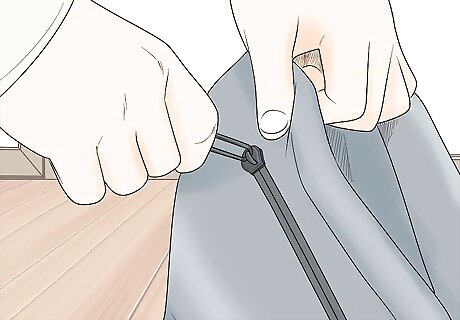
Close all fasteners. Zip up zippers, snap any snaps, and fasten all Velcro. This prevents potential snagging or tearing while you’re washing. If your pants have elastic drawcords, make sure they are untied and slack.
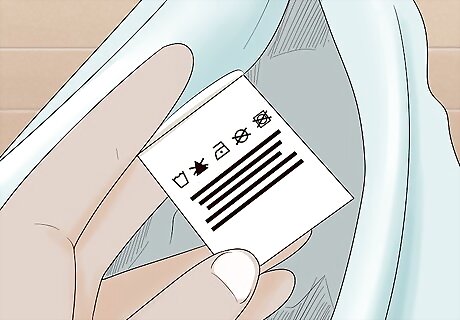
Check the ‘care tag’ on your ski pants. The tag will tell you important information about how to best care for your specific pair of ski pants. It will let you know whether or not the pants are machine washable, how they should be washed, and how they should be dried. While most ski pants are machine washable, some you may need to wash by hand.
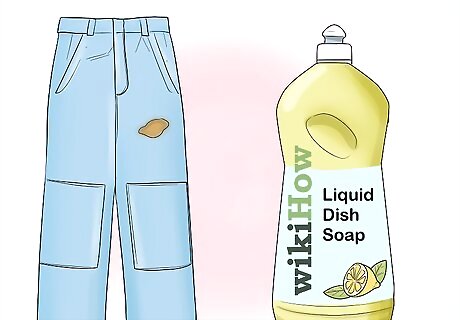
Treat any visible grease stains. You can use normal laundry pre-treatment sprays or liquid dish soap to break up the stain before washing the garment itself.
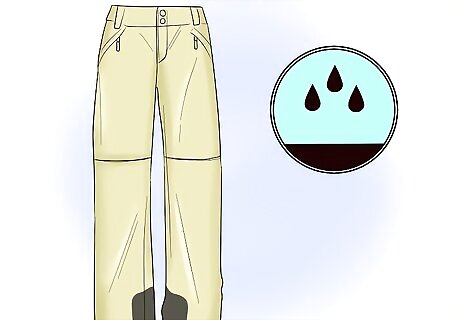
Purchase a waterproofing solution designed for use on clothing. Different types of waterproofing solutions are designed to be added at different stages of the washing process. Some solutions should be added during the washing itself (‘wash-in’ solutions), and some should be added after your pants have dried completely (‘spray-on’ solutions). While using waterproofing solutions is not absolutely necessary, you may find that your ski pants are less and less effective at keeping moisture out the more you use them. These solutions are designed to work together with the specialized fabric to keep your pants waterproof for as long as possible.
Washing Your Pants in a Machine
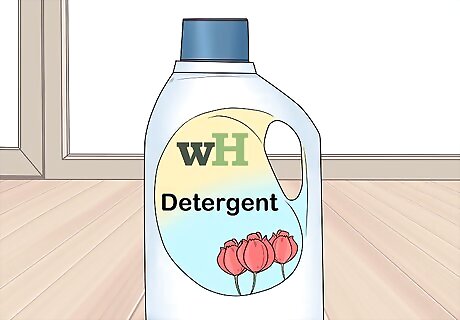
Check that your detergent compartment is clear. Make sure the detergent compartment free of previously used detergent or softener.
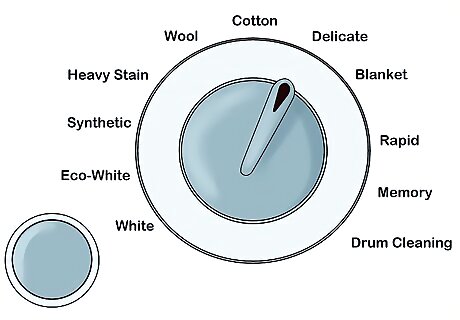
Set the machine to the delicate cycle with cold water. Most ski pants should be washed in cold water, on the ‘delicate’ cycle, with a low spin speed for the drum of the washing machine. In most cases, warm water and high speeds can damage the fabric, although make sure you have checked the 'care tag' for the specifics of your ski wear.
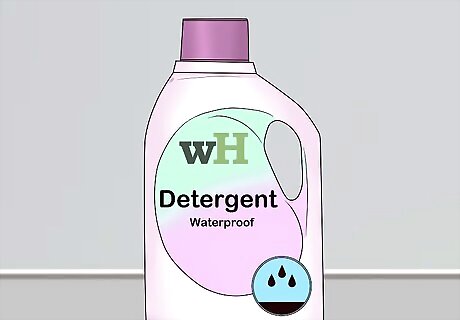
Use a detergent designed for waterproof clothing. Preferably, you should try to use laundry detergent specially formulated for waterproof outerwear. If you need to use standard laundry detergent, look for gentle formulations that do not contain fabric softeners, fragrances, whiteners, or colorants. Powdered detergent is preferable over liquid detergent. Ski pants are treated with a water repellent coating, which increases surface tension on the fabric. Liquid detergent draws water into fabric in order to clean it by decreasing that surface tension. Do not use bleach on your ski pants, as that will strip the waterproof coating and can potentially damage the fabric itself.
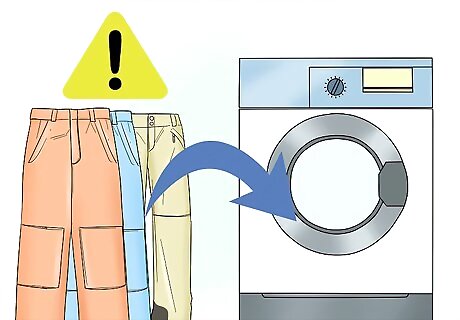
Avoid overloading the washing machine. Too many items in the machine prevents each item from being able to be fully washed. Over-stuffing the drum can also potentially damage the machine.
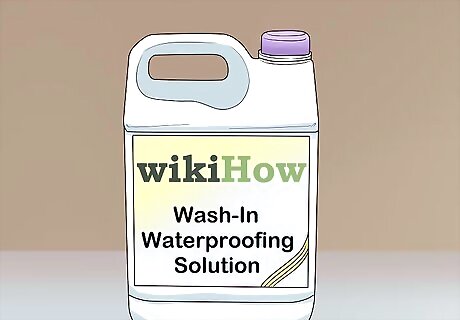
Add in a wash-in waterproofing solution, if needed. Add the solution (following the direction on the solution container) to this second cycle. If you do not have a wash-in solution, you can also use a waterproofing spray after the pants have dried (see the “Drying” section). Make sure your wash-in waterproofing solution is designed for waterproofing clothes. Other solutions are specially formulated to waterproof other fabrics, like those of tents or sleeping bags.
Washing Your Pants by Hand
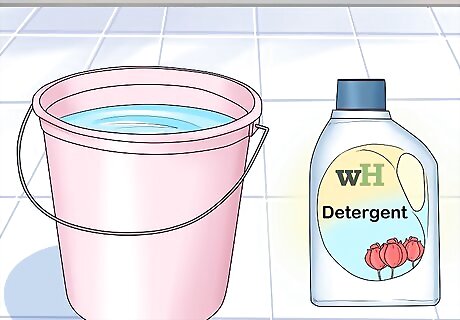
Prepare a bucket, wash basin, or sink with cold water and a gentle detergent. Fill the basin with cold water and mix the recommended amount of detergent in. Make sure you use a ‘mild’ or ‘delicate’ detergent that does not contain additives like fabric softeners, fragrances, whiteners, or colorants.
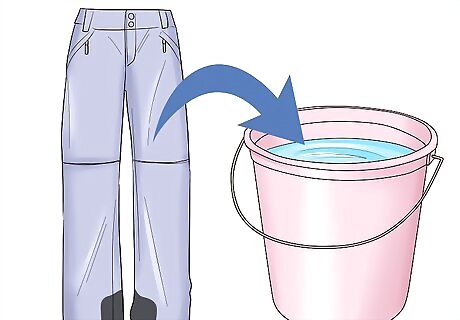
Wash your ski pants carefully. Dip each pair of pants in the water and swish them around to make sure all parts of the pants are wet.
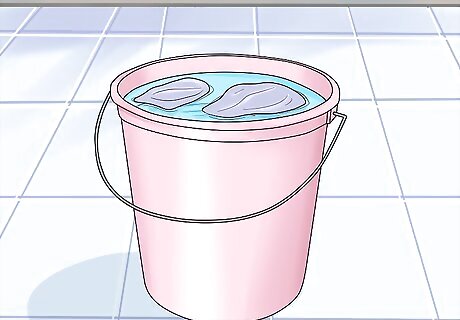
Rinse your ski pants. Use cold, clean running water to rinse your pants. Rinse until they are not sudsy and the water running off them is clear.
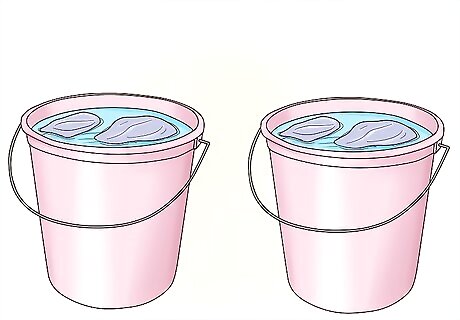
Rinse your ski pants again. This ensures that you’ve removed any detergent residue from the fabric.
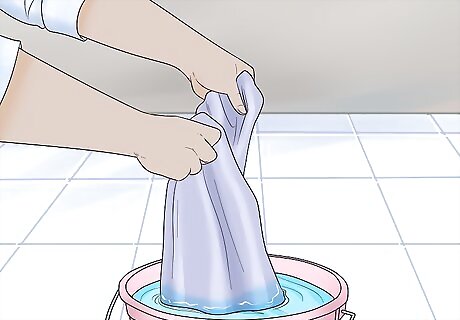
Squeeze (don’t wring or twist) your ski pants to remove excess water. Wringing or twisting your pants can potentially damage the fabric.
Drying Your Pants
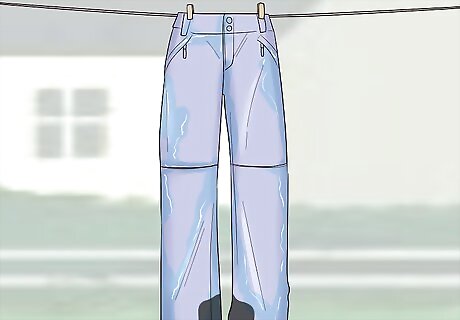
Air-dry your ski pants, if possible. While some ski pants do allow for machine drying (check the ‘care tag’), in general it is better to air dry, rather than machine dry, your ski pants. A dryer – through heat and through tumbling – can potentially damage specialized fabric When hanging your ski pants up to dry, make sure they are on a sturdy hanger that does not rust or bend. Do not leave your pants to dry in direct sunlight or next to a heat source, as these can damage both the color and waterproofing. Most ski pants should not be ironed. The weight of the fabric will pull out the wrinkles when you hang them up.
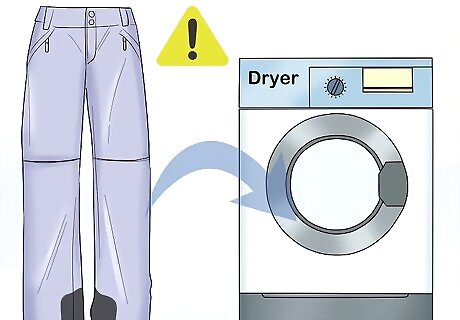
Minimize your use of a dryer, if you need to use one at all. If you are running short on time and absolutely need to use a dryer to dry your ski pants, make sure the machine is on its lowest settings. Tumble drying is quick but is hard on specialized fibers – use the lowest setting for the shortest time if absolutely necessary. Do not use fabric softener sheets. These can clog the pores in the fiber that allow water vapor from under your clothes to escape.
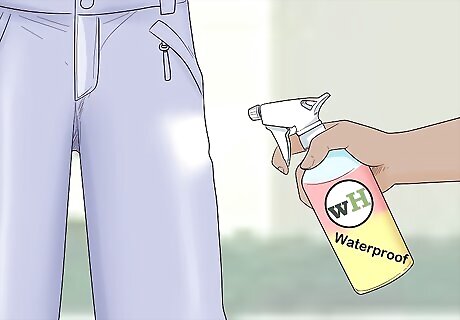
Waterproof your pants once they are dry, if needed. If you did not use a wash-in waterproofing solution, wait until your pants are completely dry and then spray them with a spray-on water repellent that is specially designed for waterproofing clothing

















Comments
0 comment